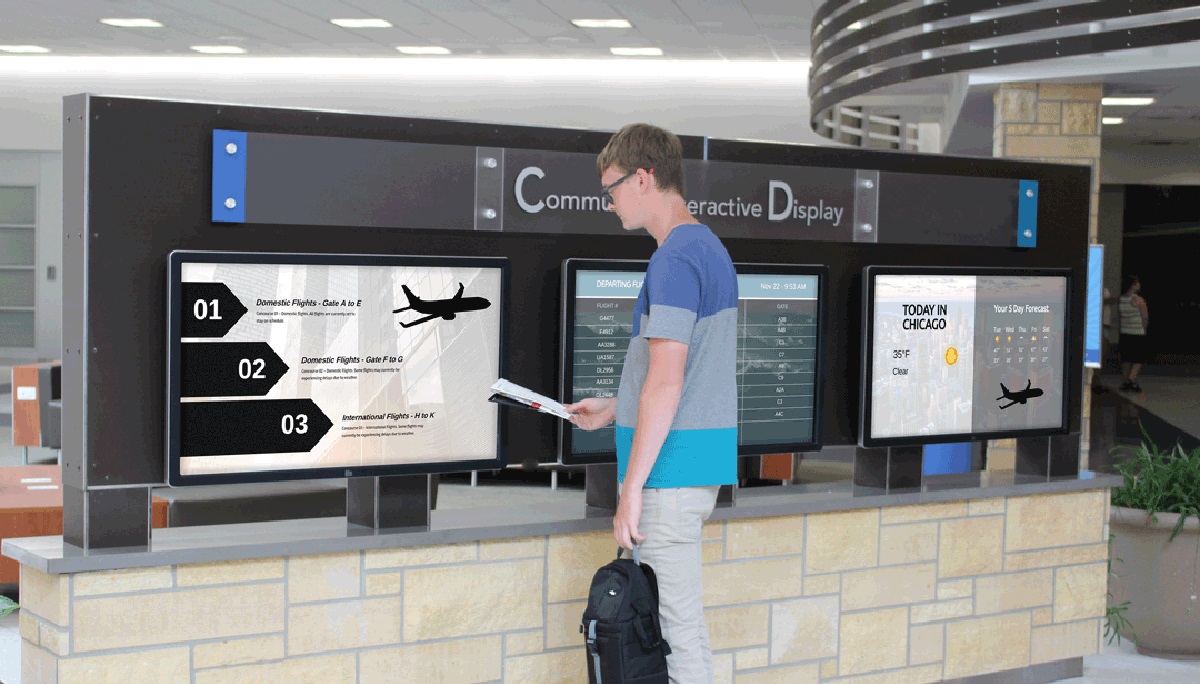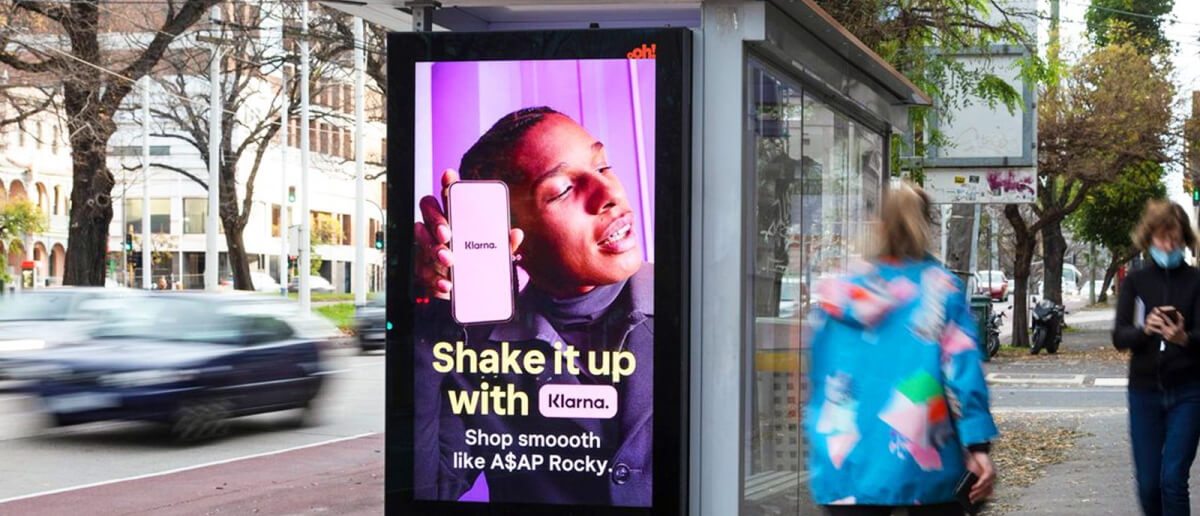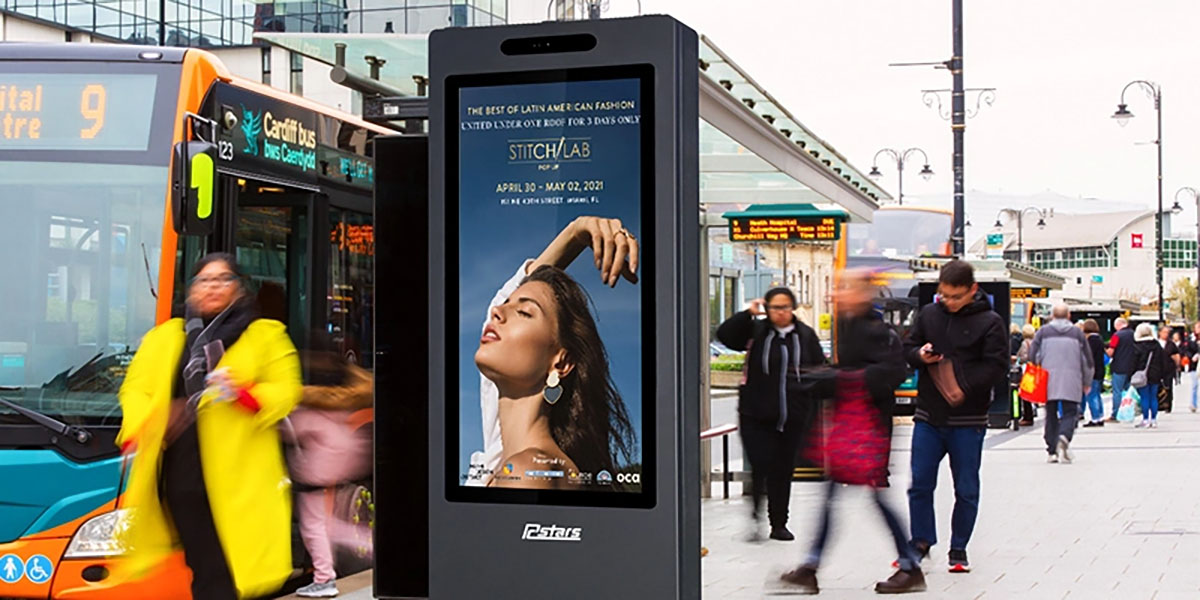What is dynamic digital signage?
Published:2024-01-19Views:920

In today's digital era, digital signage, as a modern way of displaying information, has been widely used in various fields. As a type of digital signage, dynamic digital signage plays an increasingly important role in the fields of business, advertising, and public places with its unique advantages and characteristics. This article will elaborate on what dynamic digital signage is.
1. Definition of dynamic digital signage
Dynamic digital signage, also known as multimedia playback system, is a display method that uses digital technology to display dynamic information, images, videos and other content through a display screen. Compared with traditional static signage, dynamic digital signage can display information in a richer, more vivid and diverse way, attract the audience's attention, and improve the efficiency and effect of information transmission.
2. Characteristics of dynamic digital signage
Dynamic display: Dynamic digital signage can display information in a dynamic way, such as text, images, videos, etc., through scrolling, switching, animation, etc., to attract the audience's attention and improve the effect of information transmission.
Interactivity: Dynamic digital signage usually has interactive functions. The audience can interact with the signage through touch screen, gesture recognition, etc., participate in the interactive experience, and improve the audience's participation and experience.
Remote control possible: The dynamic digital signage system can be remotely controlled and managed through the network, making it easy to and maintain the display content, improving management efficiency and convenience.
Customizable: Dynamic digital signage can be customized according to different occasions and needs, such as size, color, content, etc., to meet the needs of different places and brand images.
Can be d in real time: Dynamic digital signage can display content in real time, such as news, advertisements and other information, making information release and convenient and fast.
3. Application scenarios of dynamic digital signage

Commercial retail: In shopping malls, supermarkets and other commercial places, dynamic digital signage can be used to display product information, promotional activities and other content to attract customers' attention and increase sales.
Advertising: Dynamic digital signage can be used as outdoor advertising, promotional display, etc. to display advertising content through videos, animations, etc., to improve the attractiveness and communication effect of advertising.
Brand image display: In places with high brand image requirements such as hotels and banks, dynamic digital signage can be used to display brand image, corporate culture and other content to enhance brand image and brand value.
Public services: In public service places such as public transportation stations and parks, dynamic digital signage can be used to publish notices, announcements and other information to provide convenient information services.
Conference and exhibition: In conference centers, exhibition halls and other places, dynamic digital signage can be used to display conference agendas, exhibit introductions, etc., to improve the efficiency and effect of information transmission.
4. Advantages of dynamic digital signage

Eye-catching: Dynamic digital signage can display information in a dynamic and diverse way, attract the audience's attention, and improve the effect of information transmission.
Improve interactivity: Dynamic digital signage has interactive functions. Audiences can interact with the signage and participate in interactive experiences, improving the audience's participation and experience.
Efficient management: The dynamic digital signage system can be remotely controlled and managed through the network, making it easy to and maintain the display content, improving management efficiency and convenience.
Customizable design: Dynamic digital signage can be customized according to different occasions and needs to meet the needs of different places and brand images.
Real-time : Dynamic digital signage can the display content in real-time, making information release and convenient and fast.
5. How to choose a suitable dynamic digital signage system?

Determine the application scenarios and requirements: When selecting a dynamic digital signage system, you need to clarify the application scenarios and requirements, such as display content, size, brightness, etc., in order to choose the appropriate system configuration and parameters.
Consider the stability of the system: When choosing a dynamic digital signage system, you need to consider the stability and reliability of the system to ensure that the system can run stably for a long time and avoid failures and problems.
Consider the scalability of the system: As technology continues to develop and advance, choosing a dynamic digital signage system that is scalable can adapt to future needs and technology changes.
Consider the cost-effectiveness of the system: When choosing a dynamic digital signage system, you need to comprehensively consider factors such as system performance and price, and choose system configurations and products with high cost-effectiveness.
Reference user reviews and usage experience: You can understand the performance and usage effects of the dynamic digital signage system by consulting relevant information, user reviews and usage experience, so as to make better choices.
To sum up, dynamic digital signage, as a modern way of displaying information, plays an increasingly important role in the fields of business, advertising and public places with its unique advantages and characteristics. By understanding the definition, characteristics, application scenarios and advantages of dynamic digital signage, it will help to better select and apply dynamic digital signage systems and improve the efficiency and effect of information transmission.
























































.png)














